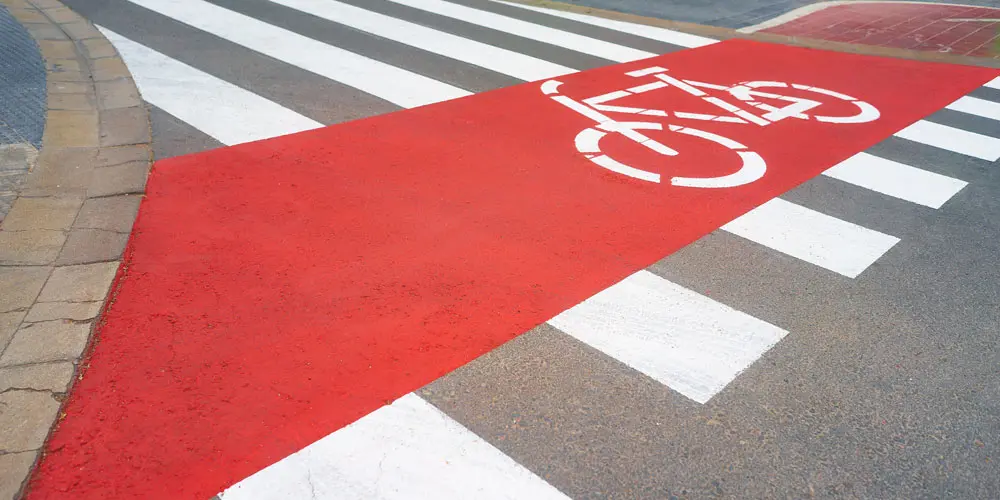Road marking paint is a special type of paint or sticker that is designed for use in road marking projects, marking the surface of roads and tunnels, marking private and public parking lots, determining the location of the park and pedestrian crossing and marking the roadside in various design locations. Has been. These colours have some unique properties that make their use in road marking projects justifiable and more superior to ordinary colours. The types of road marking paint available in the market have some common features that are ideal for use in different and unsuitable environmental conditions.
It has also been tried to create some special and unique features in each of these colours in order to maintain the specific use of each of them. For this reason, we see that among their products, we come across words such as cold thermoplastic marking paint or warm thermoplastic road marking paint, which we will discuss in more detail below.
Road Marking Paint characteristics
What is the reason that one colour is suitable for road marking and it is not possible to use other colours? Are these colours intended for road marking projects from the beginning? Is it not possible to use other colours? Of course, for those who are just talking about colouring and defining a road marking area, there is no difference between road marking paint and regular colours. But this is different when things are done in accordance with standard principles and national and international methods.

One of the standard features of road marking paint can be introduced in the following format:
- High adhesion to different surfaces
All kinds of road marking paint are used on roads and asphalt roads or in concrete sections and therefore should not be easily removed. - High abrasion resistance
Usually, the conditions for using road marking paint are such that the amount of road marking on their surface is very high and it is necessary for them to resist abrasion. - Resistance to various weather conditions
One team may use road marking colours inside the tunnel and the other group may use them on intercity routes, so these colours need to be resistant to adverse weather conditions as well. - Quick-drying
This feature is especially important for the colours used on the streets and on intercity routes because the road speed is high and they can not be stopped for a long time.
Read More About Components of Polymer Coating
Types of Road Marking Paint
Another very important discussion about road marking colours, which in some way affects our choices, is familiarity with the types of road marking paint. We have provided a general definition of these colours above and introduced four important and effective properties of them. But we must also accept the fact that the chemical properties, as well as the raw materials used in these paints, in particular, change the use and location of their use.
Polyurethane Road signing Paint
Polyurethane paints have excellent adhesion to the substrate and are also highly resistant to climatic factors and sunlight. Polyurethane paints are composed of polyol resins and isocyanate hardeners and are considered multi-component paints.
Read More About Polyurethane Substructure
Cool Thermoplastic Signing Paint
Marking paints based on chloro-rubber resins and paints based on thermoplastic acrylic resins fall into this group, and their most important feature is their very high tensile strength and durability. These colours may also be based on blue combinations, and therefore are a suitable and ideal option for painting the surface of streets and intercity routes.
Warm Thermoplastic Signing Paint
Thermoplastic hot marking paints show high resistance in terms of physical and mechanical properties and are based on hydrocarbon resins and solid. To use these paints, it is necessary to first melt them and apply them on asphalt or concrete using the spray method or other painting methods. These paints have a high drying speed and are therefore the best possible option on highways and highways. The ideal way to paint warm thermoplastic marking paints is to use them with a thickness of 2 to 3 mm using the spray method.

